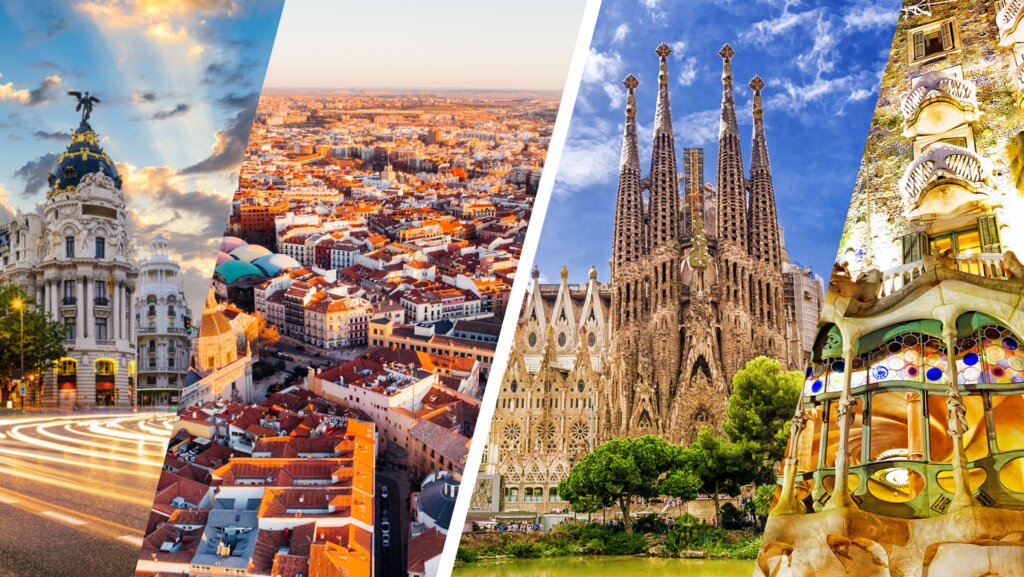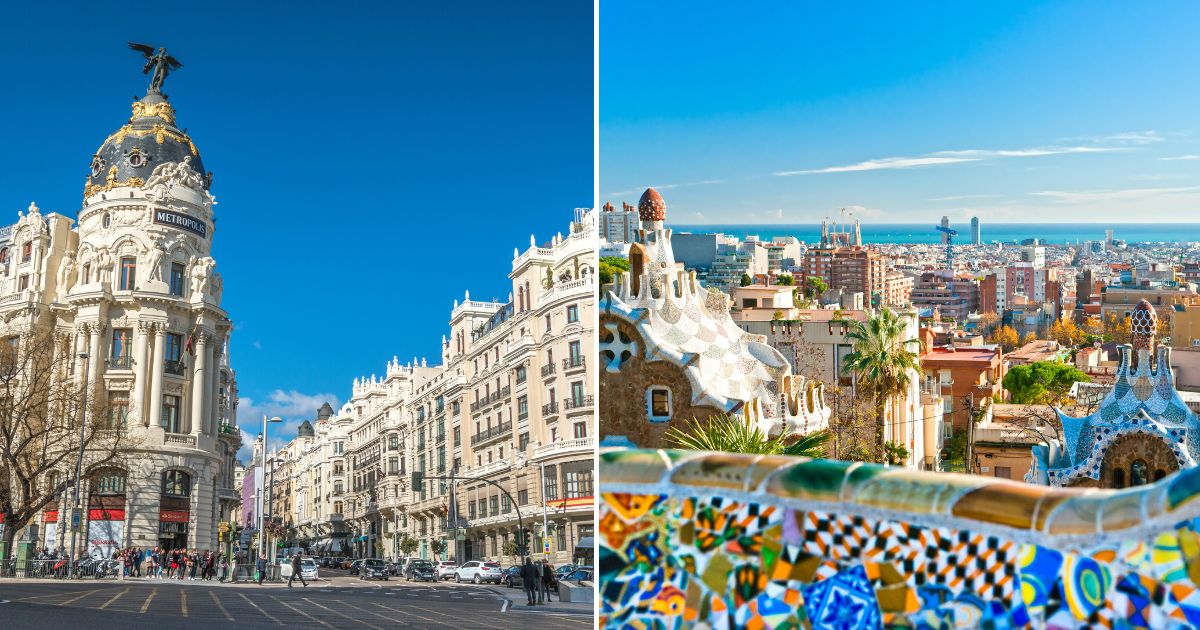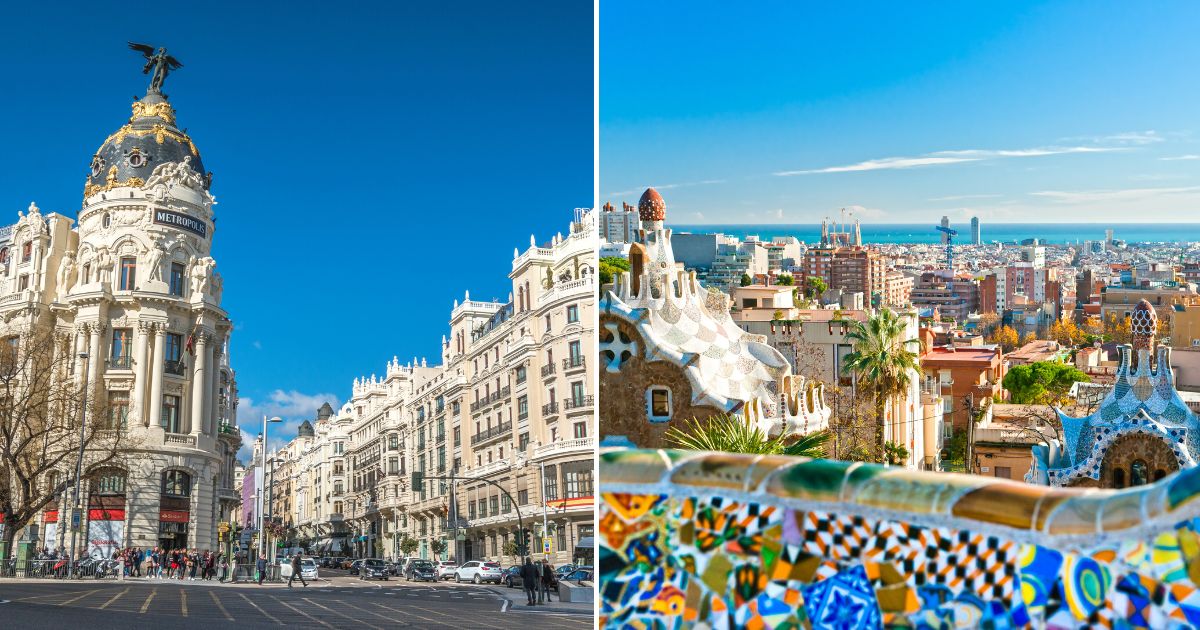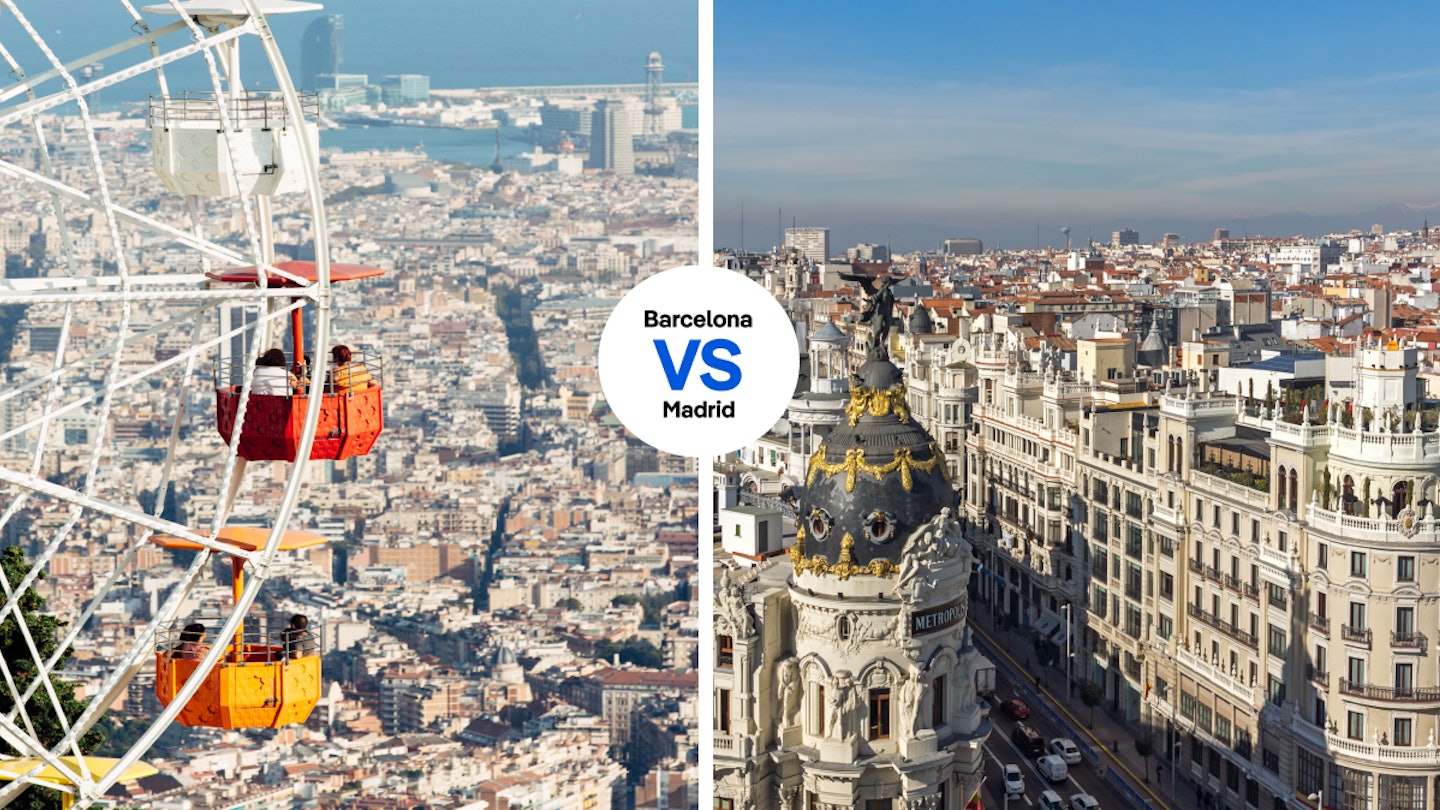Setting Up the Ultimate Spanish Showdown
I gotta tell you, this whole trip started because my neighbor, old Frank, kept insisting that Barcelona was the only place worth bothering with in Spain. He went there once twenty years ago and thinks he’s an expert now. I told him he was talking rubbish. I needed proof, documented evidence, to shut him up once and for all. So I booked the tickets right there, deciding to put Madrid and Barcelona head-to-head. This wasn’t a vacation; it was an investigative mission into which city truly delivered the historical goods and the cultural punch. I had four full days slated for each spot.

The first thing I did was skip the fancy tour packages. Those things always bottle-neck you into gift shops and pre-approved talking points. I structured my research around three core activities:
- Walking the oldest quarter until my feet hurt.
- Visiting the top two national historical museums/palaces.
- Eating where the locals ate, not where the guidebooks told me to.
Madrid: Diving into Imperial Grandeur
I landed in Madrid and hit the ground running. My apartment rental was right near Plaza Mayor. The moment I stepped out, I was smacked in the face with sheer, overwhelming history. This city screams “Empire.” The architecture is heavy, formal, and majestic. It demands respect.

My first full day, I wrestled my way through the crowds and spent six hours inside the Prado Museum. Six hours! I literally had to sit down in front of a Goya just to regain my composure. That experience alone almost validated Madrid. You are looking at the foundation of the Golden Age of Spain. I cataloged every major piece, cross-referencing artists I barely knew, just to grasp the scale of the wealth and power that flowed through this capital for centuries.
Day two, I tackled the Royal Palace. Man, that place is massive. I marched through the state rooms, counting chandeliers and trying to imagine what life was like for the monarchs. The sheer scale of the historical artifacts—the armor, the weapons, the tapestries—it’s all about centralized power. I realized quickly that Madrid offers history that is deep, official, and profoundly Spanish (Castilian). I walked the Gran Vía, looked up at the huge bank buildings, and saw the remnants of that absolute monarchy everywhere. When you’re looking for historical weight, Madrid delivers it hard and fast. I logged the feeling as “grand and traditional.”
Barcelona: Wrestling with Catalan Identity and Modernism
I hopped on the high-speed train and zipped over to Barcelona. The shift was immediate. Madrid felt stern; Barcelona felt like a party that started 500 years ago and never stopped. My accommodation was near the Gothic Quarter, and I plunged straight into the narrow streets.

This is where the culture war started in my head. Barcelona’s history is rougher, more layered, and much less centered on the monarchy. I spent hours wandering the Barri Gòtic, looking up at the cathedral and the medieval walls. The history here is messy—it’s Roman ruins buried beneath medieval streets, and then all wrapped up in the fierce identity of Catalonia.
But you can’t talk BCN culture without talking about the crazy architect, Gaudi. Day three was a full immersion. I booked my timed entry for Sagrada Familia (thank goodness I did that ahead of time, the queues were insane). Looking at that place, you realize the culture of Barcelona is utterly unique. It’s not official state history; it’s a fierce regional artistic identity. I then went to Park Güell and saw the entire city spread out below me, cemented my feeling that Barcelona culture is vibrant, quirky, and independent.

I attempted to use my basic Spanish, but quickly found myself needing to adapt to the Catalan signs and the distinct local preference for their own language. That struggle itself was a cultural immersion—I realized that the historical sights here are often intertwined with political and regional identity that Madrid just doesn’t grapple with in the same way. I logged the feeling as “chaotic and artistic.”
The Final Tally: Which City Won?
On the flight home, I pulled out my notes and structured the comparison. I had to determine if “best” meant the deepest historical roots or the most impactful contemporary culture built upon those roots.
For historical sights, Madrid edged out Barcelona:

- Madrid: The Royal Palace, the Prado, Plaza Mayor. These are direct, unfiltered historical records of a global empire. I found myself learning more about Spanish national history here.
- Barcelona: The Gothic Quarter is ancient, but the modern cultural sights (Gaudi, Montjuïc) often overshadow the medieval core. The history feels less about the nation and more about the region.
For culture, Barcelona was the clear winner:
- Barcelona’s culture is immediate, visible, and tactile—from the food to the street art to the sheer presence of the Modernista movement. It grabs you by the collar and drags you along.
- Madrid’s culture is formal and often hidden behind museum walls and high society. It requires you to seek it out.
So, the final realization I came to, the one I used to finally silence Frank, was this: If you want to study the historical power of Spain, you absolutely must visit Madrid. It’s a textbook come to life. But if you want a city where history and culture are blended into a vibrant, unique, modern experience that feels rebellious and new, you have to choose Barcelona. I didn’t find one “best” city. I found two totally different versions of Spain that both blew my mind. I ended up telling Frank he was wrong about Madrid being boring, but right that Barcelona had incredible culture. I closed the file on the experiment feeling exhausted but fully educated.
